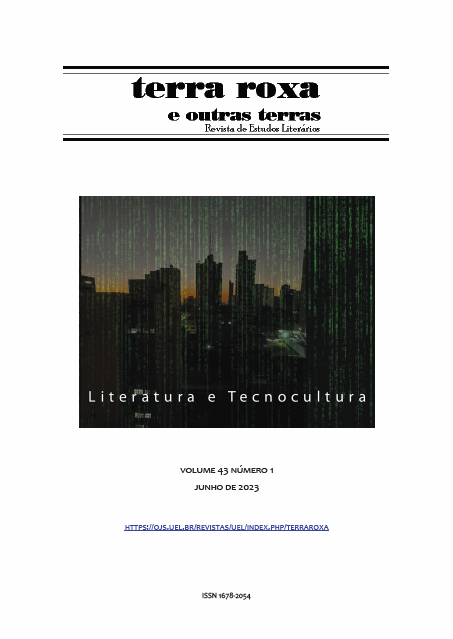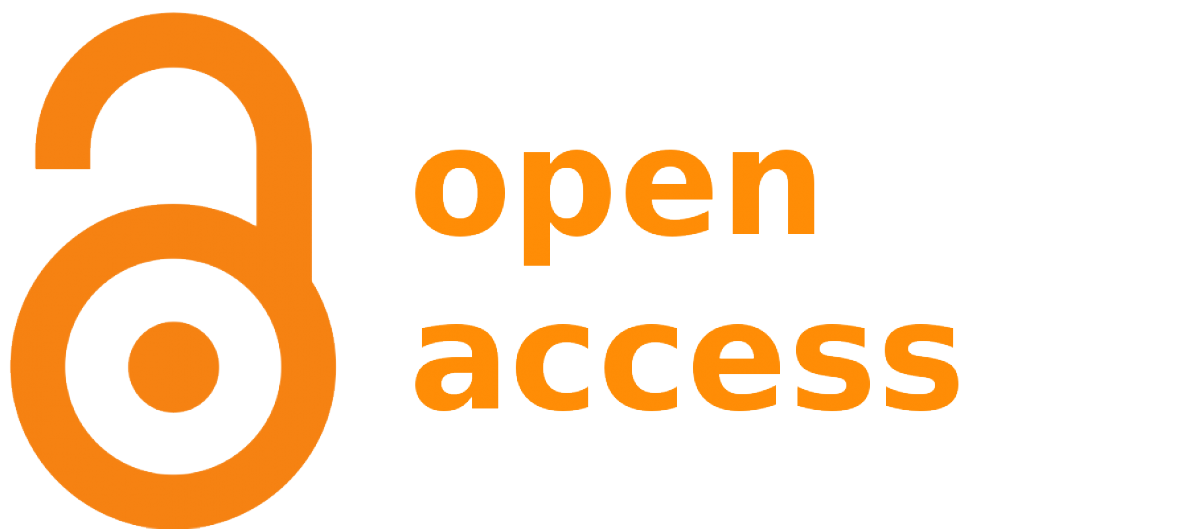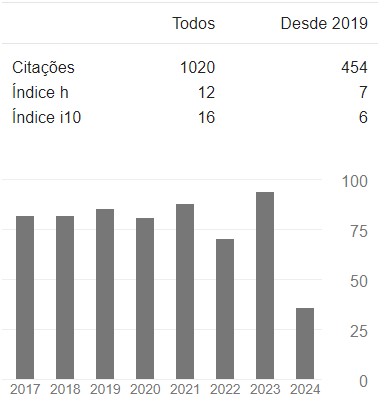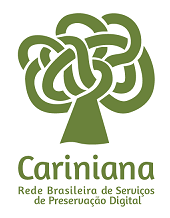Media as extensions of the body: doppelgängers, prosthesis and disembodiment in Consumed, by David Cronenberg
DOI:
https://doi.org/10.5433/1678-2054.2023vol43n1p10Keywords:
David Cronenberg, Consumed, Media as extensionsAbstract
Published in 2014, Consumed is the first novel by Canadian filmmaker David Cronenberg. Throughout his body of work, which includes movies such as The Fly, Videodrome, Crash, and eXistenZ, Cronenberg explores recurring themes such as deviant sexualities, body horror, and the relationship between the organic and the machinic. He also questions what is real and how the media relates to human beings, recasting McLuhan’s theory that media are extensions of humanity. In Consumed, Cronenberg continues to explore these themes through the story of a couple of photojournalists addicted to technology who investigate a crime involving a cannibal philosopher and a doctor who performs clandestine cosmetic procedures. The novel features gadgets, STDs, 3D replicas, apotemnophilia, consumerism, and cannibalism, set in a world dominated by technical images. This paper aims to analyze the novel Consumed from a Media Studies perspective, using theoretical contributions from Marshall McLuhan, Friedrich Kittler, Erick Felinto, and Donna Haraway.
Downloads
References
AYERS, Drew. Spectacular Posthumanism: the digital vernacular of visual effects. New York: Bloomsbury, 2019. DOI: https://doi.org/10.5040/9781501340116
BAZIN, André. Ontologia da imagem fotográfica. O que é o cinema?. São Paulo: Cosac Naify, 2014. 27-34.
BREDER, Debora. David Cronenberg: a “inquietante estranheza”. ALCEU, vol. 11, n. 22, p. 174-193, jan./jun. 2011.
BROWNING, Mark. David Cronenberg: author or film-maker? Bristol: Intellect, 2007.
CRONENBERG, David. Consumidos. Rio de Janeiro: Objetiva, 2014.
FELINTO, Erick. A imagem espectral: comunicação, cinema e fantasmagoria tecnológica. Cotia: Ateliê, 2008.
FLUSSER, Vilém. Filosofia da caixa preta: ensaios para uma futura filosofia da fotografia. Rio de Janeiro: Relume Dumará, 2009.
HARAWAY, Donna. Manifesto ciborgue: ciência, tecnologia e feminismo-socialista no final do século XX. Tomaz Tadeu, org. Antropologia do ciborgue: as vertigens do pós-humano. 2 ed. Belo Horizonte: Autêntica, 2009. 35-118.
KAUFFMAN, Linda S. Bad girls and sick boys: fantasies in contemporary art and culture. Los Angeles: U of California P, 1998. DOI: https://doi.org/10.1525/9780520919716
KITTLER, Friedrich. Gramofone, filme, typewriter. Belo Horizonte: Editora UFMG, 2019.
McLUHAN, Marshall. Os meios de comunicação como extensões do homem. São Paulo: Cultrix, 1969.
MONEY, John, Russell Jobaris & Gregg Furth. Apotemnophilia: two cases of self-demand amputation as a paraphilia. The Journal of Sex Research, vol. 13, n. 2, p. 115-125, maio 1977. DOI: https://doi.org/10.1080/00224497709550967
PRECIADO, Beatriz. Manifesto contrassexual: práticas subversivas de identidade sexual. São Paulo: n-1 edições, 2014.
ROSSET, Clément. O real e seu duplo: ensaio sobre a ilusão. 2 ed. Rio de Janeiro: José Olympio, 2008.
SONTAG, Susan. Sobre a fotografia. São Paulo: Companhia das Letras, 2004.
VIEIRA, João Luiz & Luiz Antônio L. Coelho. Subjetividade virtual em “nova carne”: o fim do tempo, espaço e corpo orgânico no sujeito recriado. Tadeu Capitastrano, org. O cinema em carne viva: David Cronenberg. Rio de Janeiro: WSET Editora, 2011. 93-98.
Downloads
Published
How to Cite
Issue
Section
License
Copyright (c) 2023 Gustavo Ramos de Souza

This work is licensed under a Creative Commons Attribution 4.0 International License.
Authors who publish in this journal agree to the following terms:
a) The authors retain the copyright and grant the journal the right of first publication, the work being simultaneously licensed under the Creative Commons Attribution-NonCommercial 4.0 International License, allowing the sharing of the work with acknowledgment of the authorship of the work and initial publication in this journal.
b) Authors are authorized to assume additional contracts separately, for non-exclusive distribution of the version of the work published in this journal (eg, publish in an institutional repository or as a book chapter), with acknowledgment of authorship and initial publication in this journal.
c) Authors are allowed and encouraged to publish and distribute their work online (e.g. in institutional repositories or on their personal page) after the editorial process, as this can generate productive changes as well as increase impact and citation of the published work (See The Effect of Open Access).
d) The authors of the approved works authorize the journal to, after publication, transfer their content for reproduction in content indexers, virtual libraries and the like.
e) The authors assume that the texts submitted for publication are of their original creation, taking full responsibility for their content in case of any objection by third parties.



















